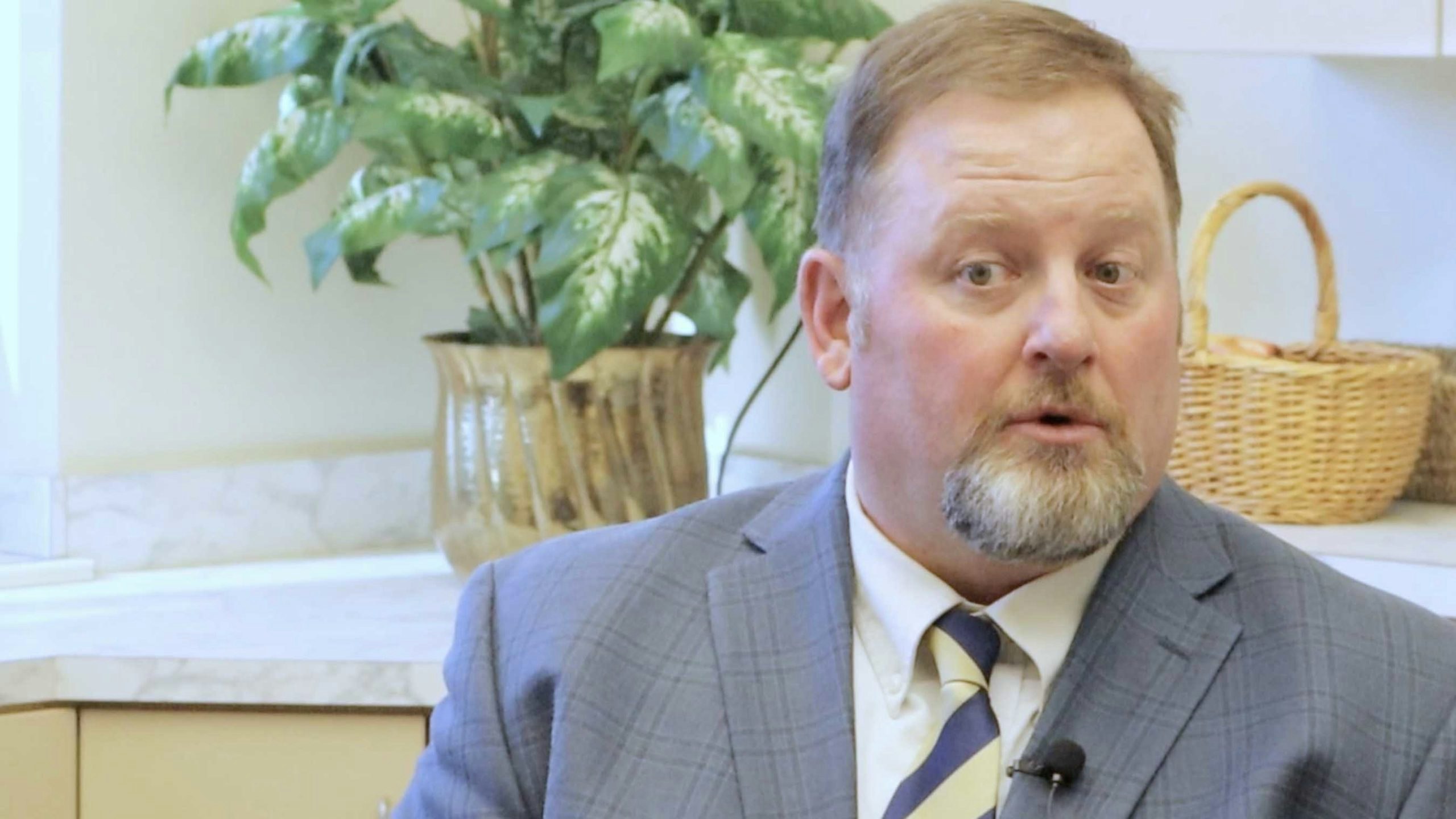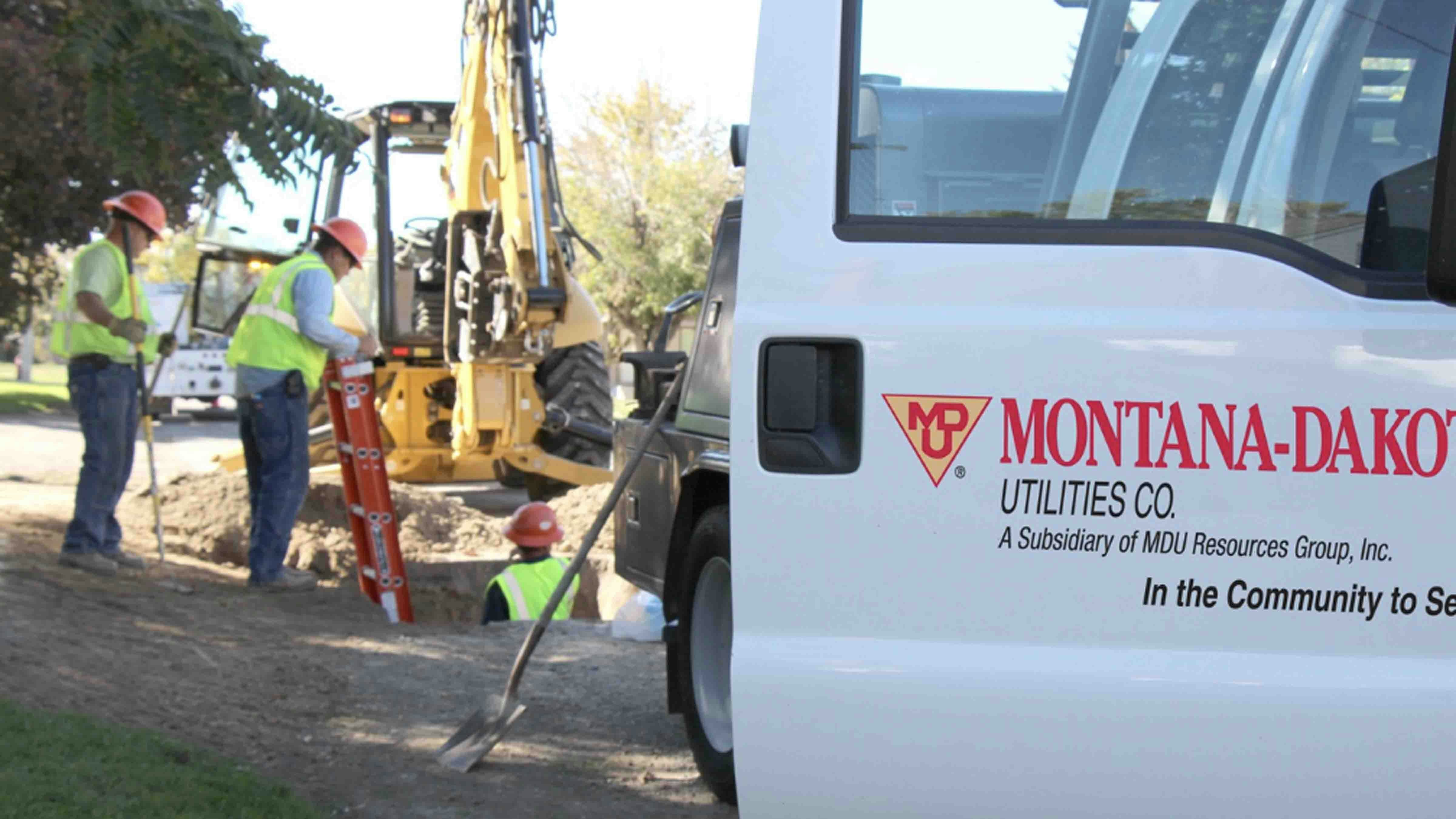Across the country, school staff are feeling the strain as the pandemic wears on.
And school administrators are trying their best to prop up their employees.
Tim Foley is the interim superintendent for Park County School District No. 6 in Cody. He has worked in the district for 10 years, his wife is a teacher and he has two school-age children – so Foley has a unique perspective on how the pandemic is affecting students and staff.
“I get to hear how my wife’s experiences are going with students that are in remote learning or quarantined,” he said, “and then I have an eighth grader and a sophomore, so I get to experience remote learning as a parent as well.”
Foley said the current school year has probably been more difficult than last because each district in the county has been allowed to make their own rules when it comes to pandemic protocols.
“Last year, we all were doing the same thing,” he said. “So every district was requiring masking, and we had health orders, and it just seemed like there was a great deal of consistency. But this year, you know, I think we’re all pretty tired of COVID.”
Jay Curtis, the Superintendent for Park County School District 1 in Powell, applauded the way his employees are staying strong during this trying time.
“I think that the teachers are holding up remarkably well,” he said. “They are a resilient bunch. However, our teachers are definitely feeling the strain of the school year already.”
As this school year began, Foley said the Cody district made the decision to afford parents, students and staff as much choice as possible while still following health recommendations. So masks are not required, but students and staff can wear masks if they choose.
“And then if a child has close contact with another individual (who tests positive for the virus), we have required them to quarantine,” he said. “And I think that’s really what’s put a strain on our system, is having these students that are quarantined, because they’re quarantined for 10 days, they can test on day five, and if they’re negative, they can come back to school on day eight. But that still means a student’s out of school for eight days.”
That quarantine period requires teachers to do extra work, preparing lessons for students who are physically in the classroom, while trying to provide remote learning.
“Now sometimes remote learning is paper-pencil packets that are sent home, sometimes it’s using our learning management system, which is called Canvas, that mainly takes place at the middle school and the high school,” Foley said. “But then the teachers have also tried to zoom with students.”
He said complications arise for students who may not have access to a consistent wireless signal, or whose requirements to stay home cause issues for working parents.
“Last week, we did send a survey out to our staff, asking them about potential changes to our quarantine protocol,” he said. “And early next week, our administrators, our nurses, other district leaders, along with input from public health, we’re going to look at a change to our quarantine protocol, as far as what we are going to ask of students when they are in close contact with someone who tests positive.”
But teaching remotely is only one of the complications. Another issue is the need for substitute teachers, which are in higher demand due to quarantine and isolation protocols.
“Historically, September is a difficult month for us for substitutes,” Foley said. “Partly because of where we live, because many people have summer jobs, or they run their own business, and we still have tourists in September, many are still tied up with that kind of work, and they just can’t substitute. And so usually, by October, we see a little relief from that.”
But because of the pandemic, Foley said many regular substitutes have been reluctant to return to school.
“I think it’s gotten better, but it’s still not great,” he said.
Curtis agreed the situation has created a challenge.
“When we are short substitutes, we have to rearrange, put in para-educators that are certified,” he said. “We might have to combine some classes, we might have principals subbing a class. We just have to scramble around and make it work.”
Curtis explained that he has been working with Northwest College in Powell to create a substitute teacher training program.
“And I’m actually teaching it myself because they couldn’t find an instructor,” he said.
Curtis said 25 people attended the class, including a few from Cody.
“I’m hoping we can get a pretty good turnaround on the transcripts in Northwest College to get these folks certified,” he said. “Hopefully that acts as a pressure relief valve on the substitute situation.”
But teachers aren’t the only positions being filled by substitutes.
“We don’t have a large substitute pool for school bus drivers,” Foley said, citing the specific requirements needed to drive school bus, along with the extracurricular activities that pull regular drivers away for out-of-town events.
School nurses and administrative secretaries are also feeling the weight of the extra work required to stay in control of the pandemic.
“We hired three contact tracers to take the burden off of our nurses and principals,” Curtis said. “Because when you have one get through the door with COVID, it takes up a principal’s (or nurse’s) entire day, tracking them through the day, making phone calls.”
Foley said the district is doing its best to support school staff during this stressful time.
“One of the things that we’ve been talking about is how we can change remote learning or change quarantine just to make this more manageable,” he said. “Because one of the things that I think our teachers are trying to do is to recreate the classroom experience in a remote environment, and that’s nearly impossible to do. And we just don’t want them to try to burn the candle at both ends, so we’re really trying to lessen that burden on our teachers, because we’re only about close to 12 weeks into the school year, and teachers are tired. And that’s just not a sustainable model.”
“We are trying to actively not put more on our teachers’ plates than we absolutely have to,” said Curtis. “People cannot do a lot of extra work right now, and maintain their sanity.”
Foley said the district is also offering mental health counseling as part of the benefit package.
“So a staff member can use one of our mental health counselors in the community, and then they just work with human resources,” he explained.
“I just can’t say enough good things about the teachers that we have in Powell,” Curtis added, “because so many of them, even though they’re weary, they just maintain such a great attitude and they know that what we’re doing matters and they want to do what’s best for kids.”





